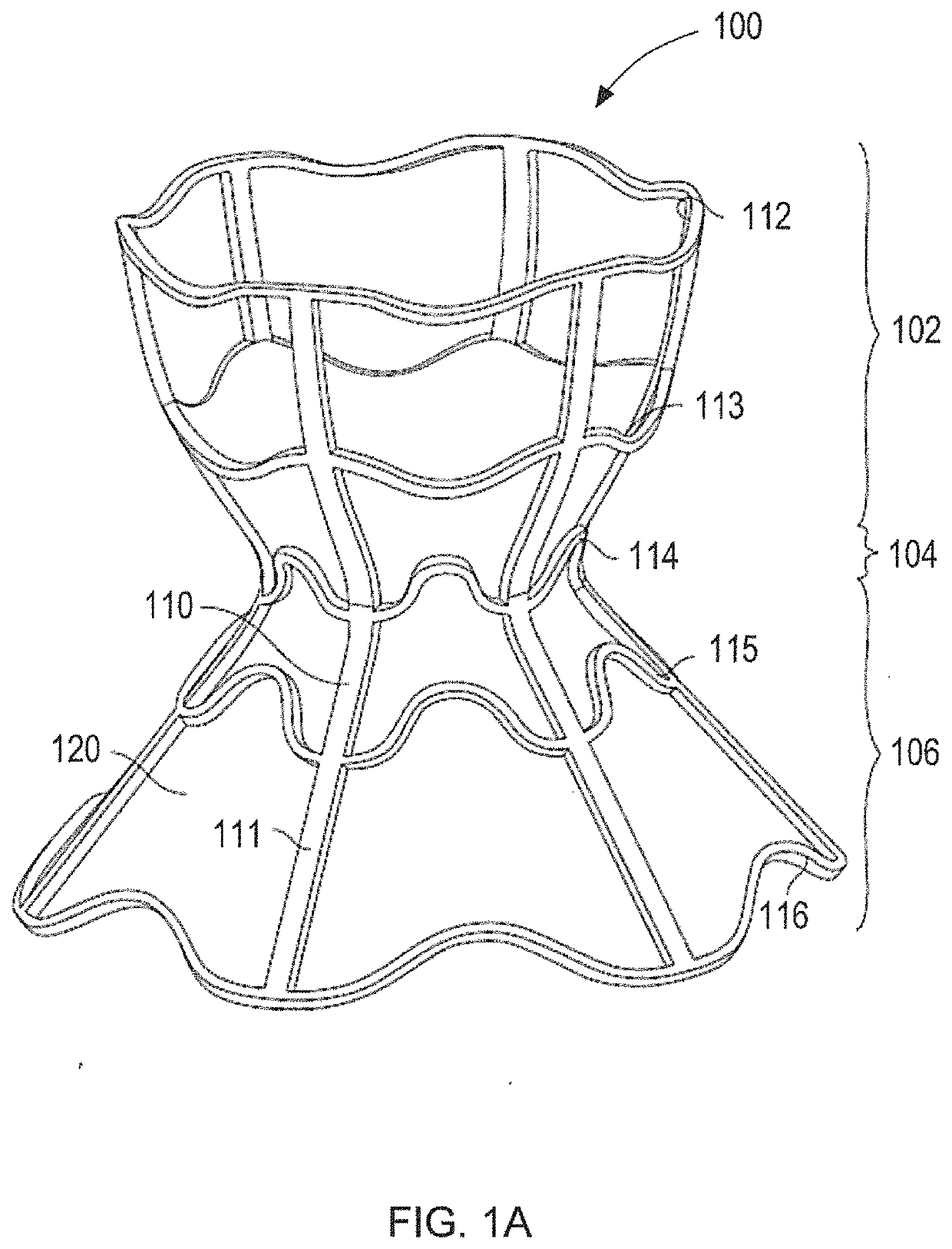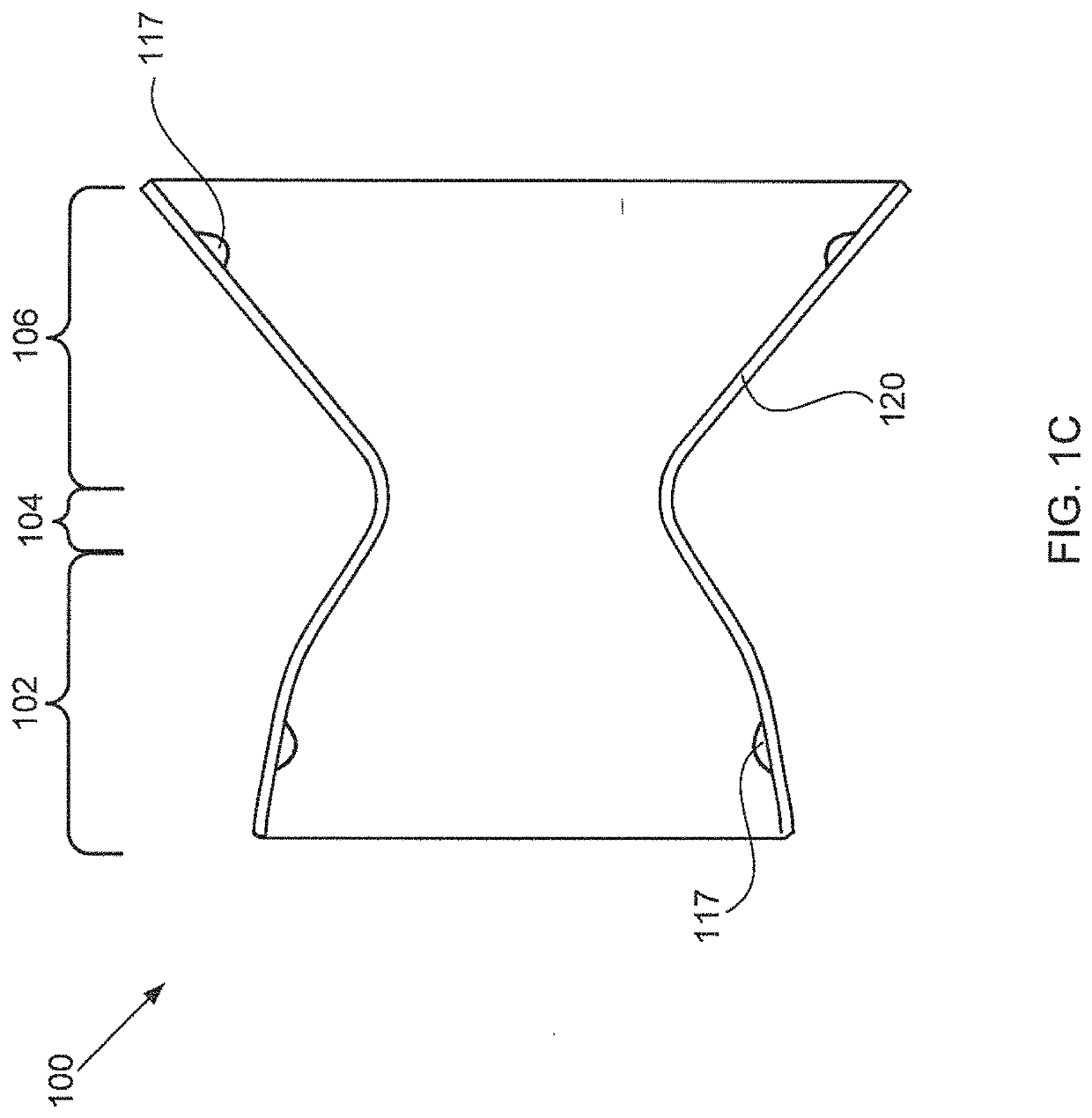Interatrial shunts having biodegradable material, and methods of making and using same
a biodegradable material and interstitial shunt technology, applied in the field of interstitial shunts having biodegradable materials, can solve the problems of heart failure, inability to pump oxygenated blood throughout the body, and less effective left ventricle, so as to reduce neoplasia, reduce left atrial pressure, and increase cardiac output
- Summary
- Abstract
- Description
- Claims
- Application Information
AI Technical Summary
Benefits of technology
Problems solved by technology
Method used
Image
Examples
Embodiment Construction
[0047]Embodiments of the present invention are directed to devices that reduce left atrial pressure, and thus may be useful in treating subjects suffering from congestive heart failure (CHF) or other disorders associated with elevated left atrial pressure. Specifically, the inventive device includes an hourglass or “diabolo” shaped stent, preferably formed of a shape memory metal. The stent is configured to lodge securely in the atrial septum, preferably in the fossa ovalis, and to allow blood to flow between the left atrium and the right atrium when blood pressure in the left atrium exceeds that on the right. Usefully, the inventive devices are configured so as to reduce blood pressure in the left atrium even when the pressure differential therebetween is relatively low; to provide a smooth flow path, thus inhibiting turbulence and high shear stresses that would otherwise promote thrombus formation; and to have a relatively small implantation footprint so as to inhibit tissue overg...
PUM
 Login to View More
Login to View More Abstract
Description
Claims
Application Information
 Login to View More
Login to View More - R&D
- Intellectual Property
- Life Sciences
- Materials
- Tech Scout
- Unparalleled Data Quality
- Higher Quality Content
- 60% Fewer Hallucinations
Browse by: Latest US Patents, China's latest patents, Technical Efficacy Thesaurus, Application Domain, Technology Topic, Popular Technical Reports.
© 2025 PatSnap. All rights reserved.Legal|Privacy policy|Modern Slavery Act Transparency Statement|Sitemap|About US| Contact US: help@patsnap.com



